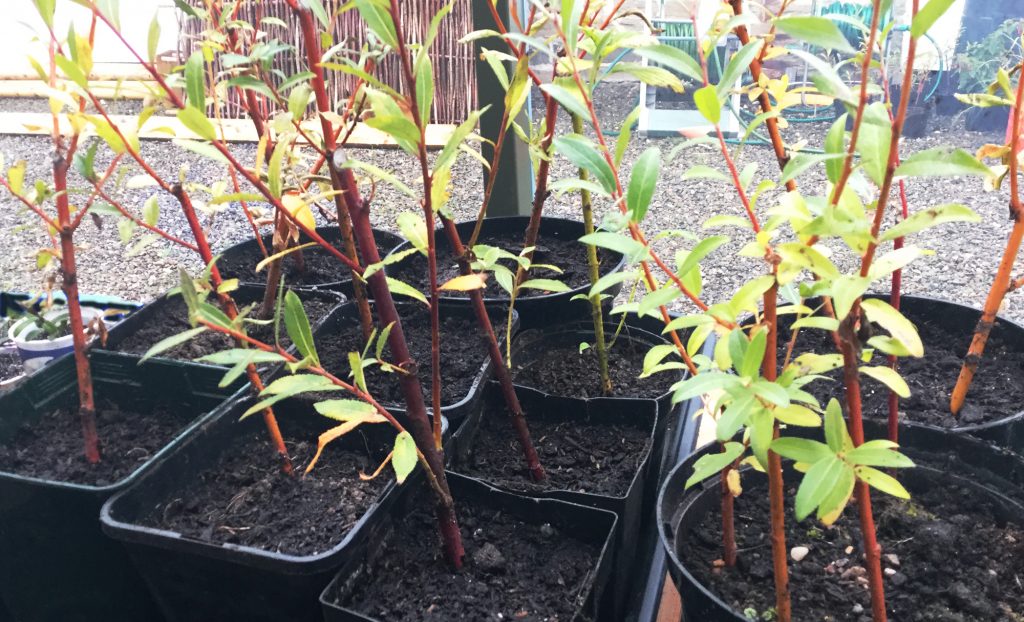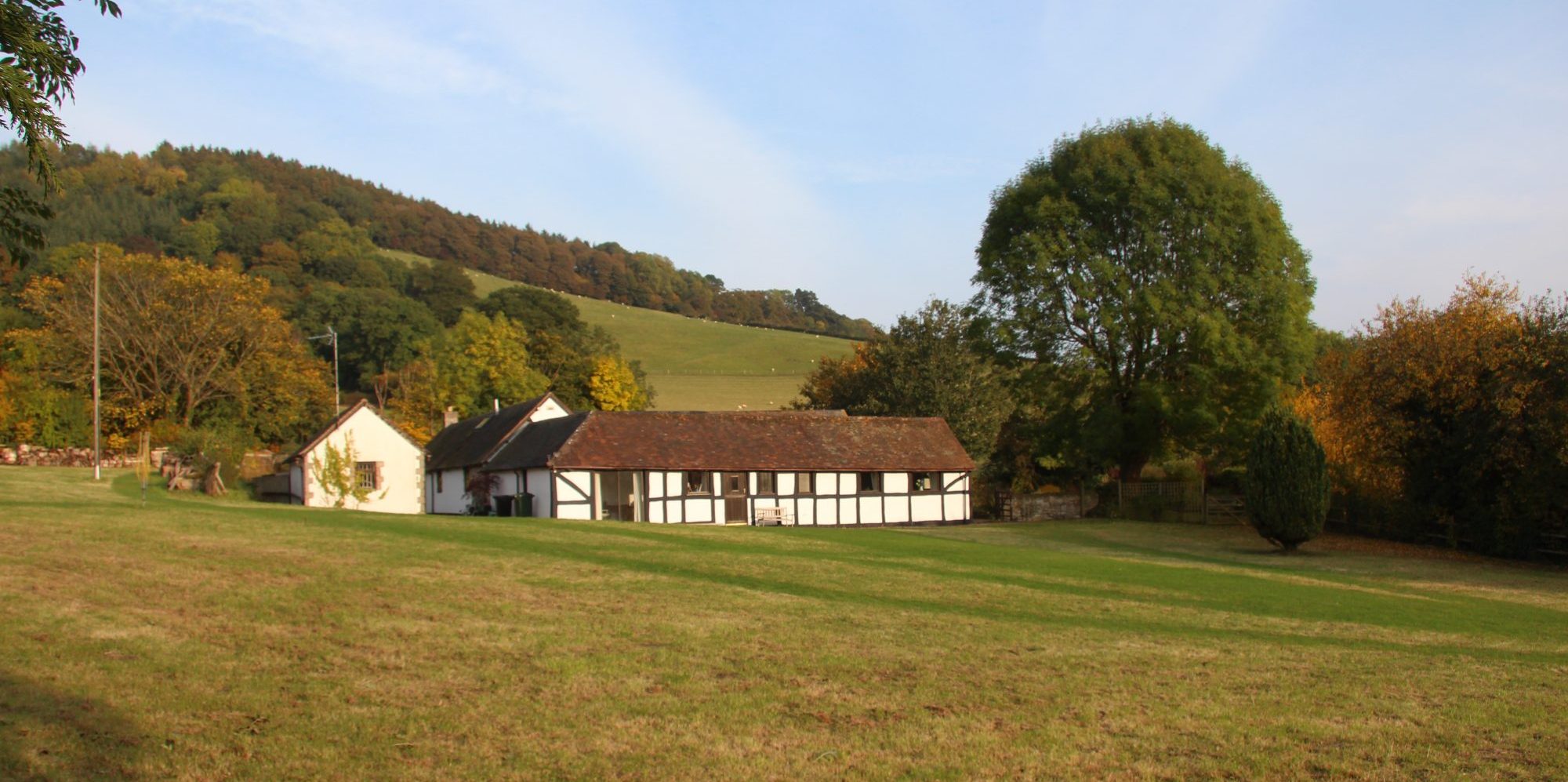So far this blog chronicles progress: onwards and upwards. Tasks might be difficult, conditions might be challenging, but progress – positive progress – is being made. However, that of course, is not how gardening really is. There are setbacks: some inevitable, some unfortunate and some inexplicable. Two setbacks for me this summer have been nasturtiums and willow – both plants with reputations for being reliable, robust and resilient, but nevertheless I have been frustrated with the nasturtiums and disappointed with the willow.
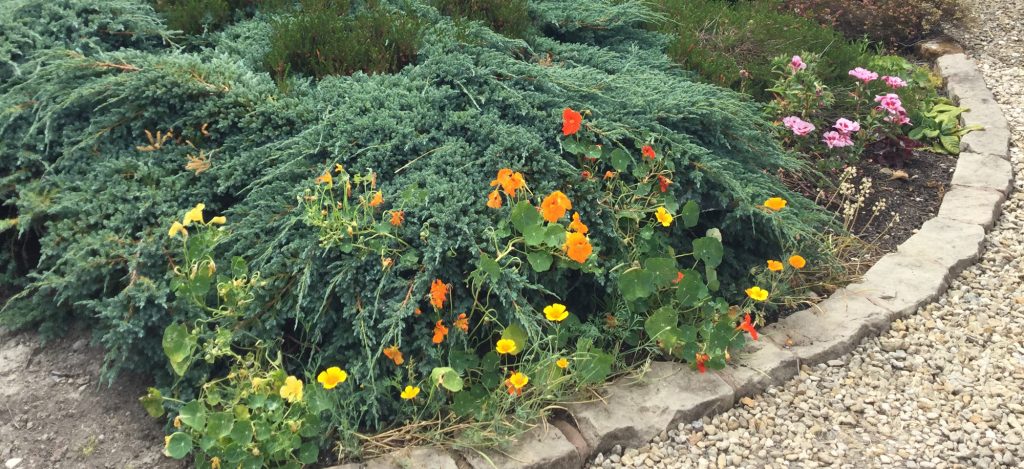
The round border in front of the house is planted with heathers and conifers and for much of the year is quite boring. To inject some colour, I imagined bright orange nasturtiums scrambling over the prostrate blue juniper, a quick and easy solution. In the past I have grown nasturtiums from seed with no problem. Despite a new potting shed and plenty of time, only a handful germinated this year in Shropshire (too cold? poor quality seed? sparse sowing?). I ended up planting out just four small seedlings which I watered assiduously and helped to ‘train’ them over the juniper; four plants should be sufficient and they started off well. Then, part-way through our summer heatwave I noticed they looked rather forlorn, so I rushed out watering can in hand, but realised they weren’t wilting, rather they were being eaten.
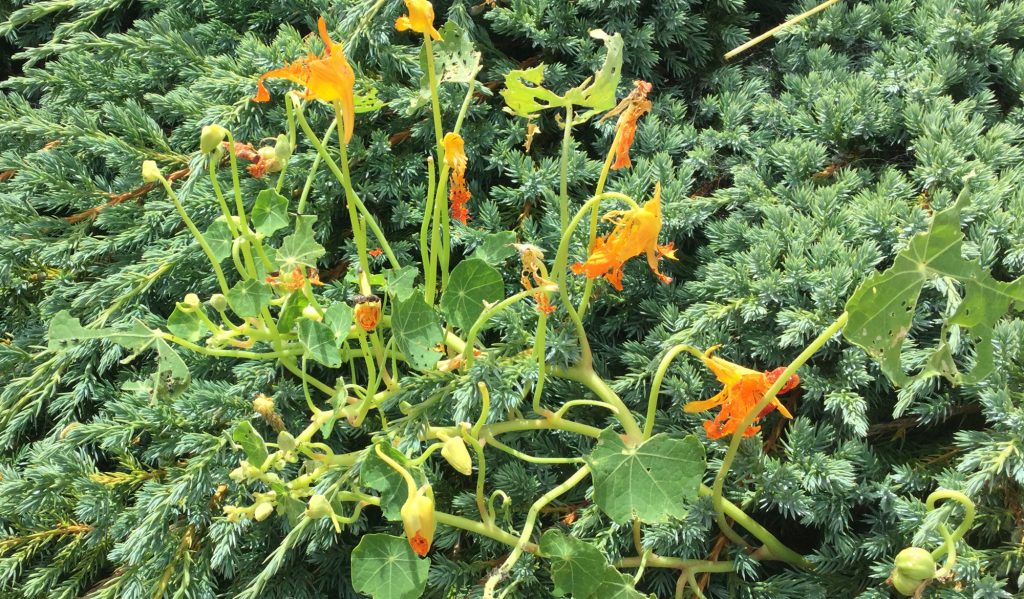
On closer inspection I discovered caterpillars: large, fat grey caterpillars and lots of them. Even closer inspection revealed hundreds of smaller (some tiny) caterpillars on the underside of the leaves along with what I assume to be large patches of butterfly eggs. I knew of the idea of growing nasturtiums around cabbages to attract cabbage whites away from the crop, but when I’d tried that in the past the nasturtiums had flourished despite plenty of cabbage white butterflies flitting about. Here, in my Shropshire garden, with no cabbages about at all, the delightful – and plentiful – white butterflies had decided to use the foliage and flowers of my nasturtiums to grow big and fat caterpillars. Frustrating!
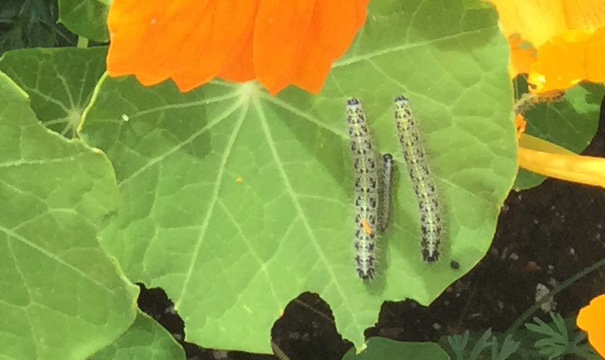
My disappointment with willow is very specific. We have successfully planted a willow hedge from two‑feet rods, and four flamingo willow standard trees are growing well. So, some of our willow is thriving. But I hankered after a sward of coloured stems and had earmarked an area at the bottom of the garden to be a blaze of winter colour. Thus, last November, we planted twenty bareroot willows with orange (salix alba britzensis) and red (salix daphnoides) stems and ten yellow barked dogwoods (cornus stolonifera flaviramea).
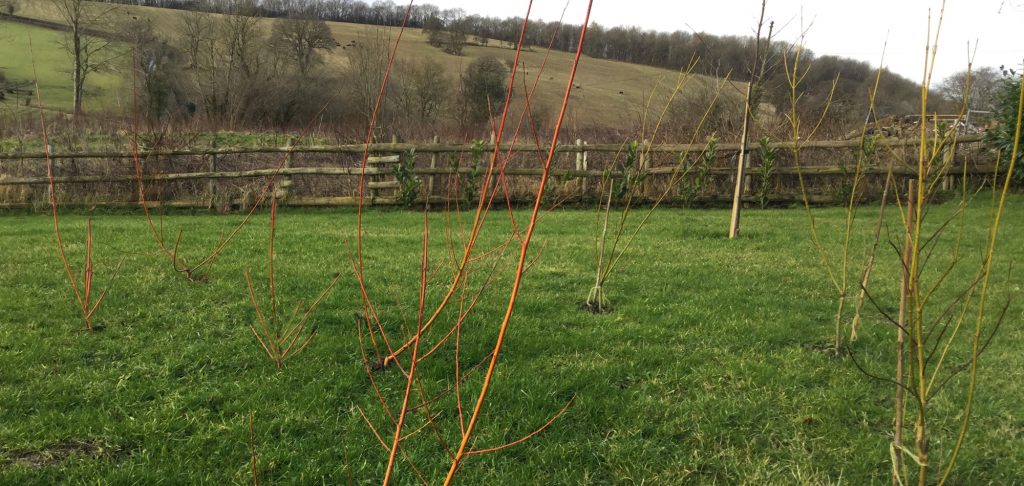
In April, following advice found online and in reference books, I cut back the stems of the willow and the dogwood to a few inches to promote lots of new colourful stems.
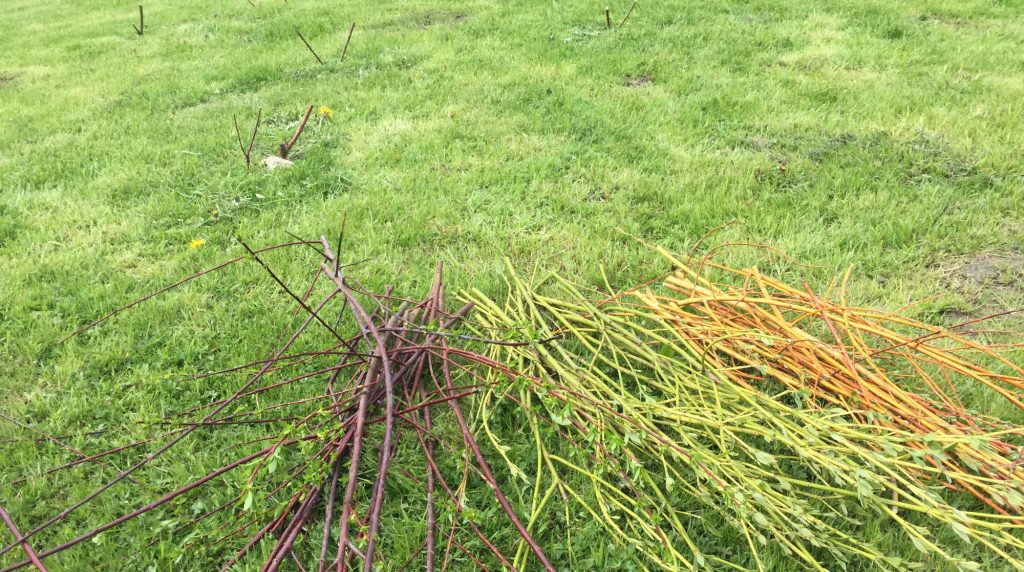
All the dogwoods have regrown (albeit much slower than I’d anticipated) but of the twenty willows, thirteen have died and the remainder look very sorry for themselves. Why? We found it tricky planting them with their long and stiff roots into our clay soil – cracks in the soil are still visible around some. The area we planted had a number of large ants’ nests. The summer has been very hot and dry (though the grass and clover around them haven’t suffered). We didn’t clear away the grass and clover from around the young plants. Perhaps we shouldn’t have cut them back in their first year. For whatever reason the stems turned black, leaves dried and curled. Digging up the dead ones revealed dead roots, some white patches – maybe disease? Certainly, there will be very few colourful stems this winter. Disappointing.
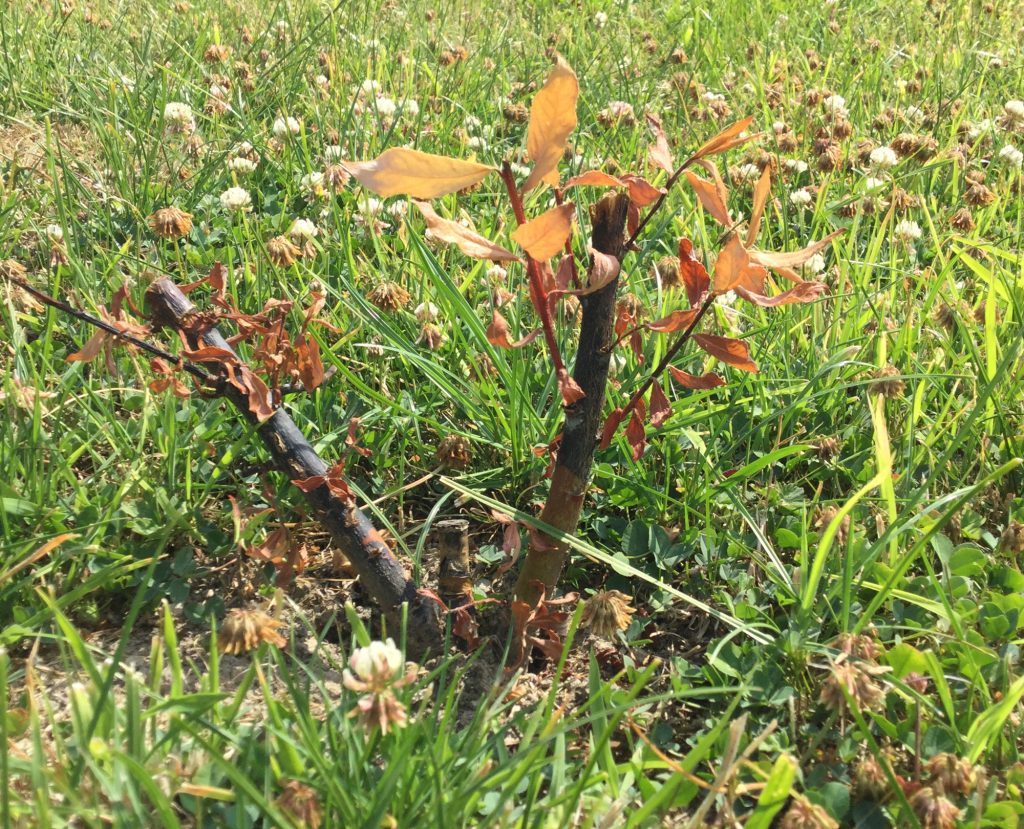
But all is not lost. Now that the heatwave is over – and the butterfly life-cycle has by and large been completed – the nasturtiums are recovering; indeed, a couple are flowering again. The willow plants, on the other hand, are not recovering. However, when I cut them back in April I put some of the colourful stems in a vase of water indoors. Others I pushed into pots of compost. In both situations the cuttings readily rooted. So, now I have several young colourful willows growing in pots, so can try again. This time I will plant out pot-grown plants, carefully prepare the ground – removing grass and clover (and ants) – keep well-watered and not cut back until more established. Hopefully I will get my sward of coloured stems – onwards and upwards as they say!
